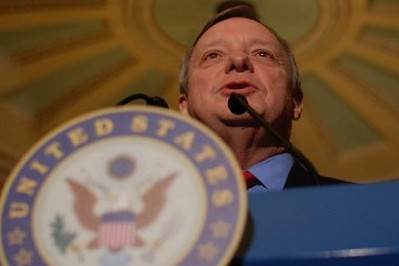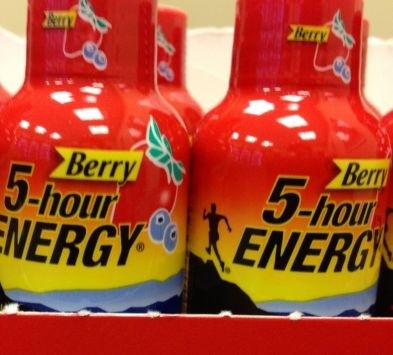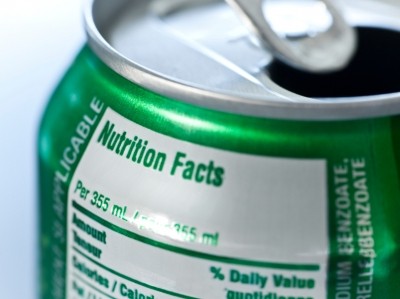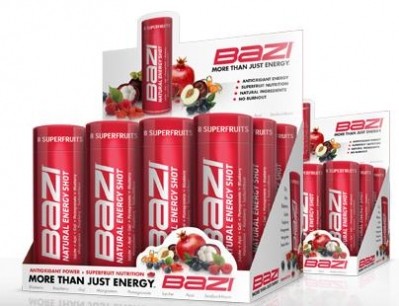5-Hour Energy ramps up from seven to nine million bottles a week
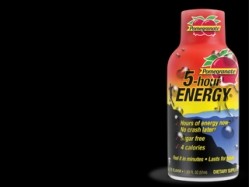
Speaking to FoodNavigator-USA in the final part of our series on the energy shot market, spokeswoman Elaine Lutz said: “The best performance measure is our continued growth in sales. We have grown to nine million bottles each week, up from seven million in 2010; a demonstrable endorsement of our product’s popularity and effectiveness.”
She was tight-lipped about whether bosses at brand owner Living Essentials planned to extend 5-Hour Energy into new formats such as strips, chews or other products, but said there was still strong growth potential for the original shot format.
“We have seen competitors come and go in a variety of sizes, forms and formulations, but still project ongoing upside for our original shot product.
“We believe that as we inform more of America’s adults about our product, and they see for themselves the benefits it has to offer, our growth will continue in the shot market.”
She rejected suggestions made by the boss of Monster Energy recently that “there is a sort of a limitation on how many people are going to try or be regular energy shot users” compared with consumers of energy drinks.
Busy, active or working adults
The target audience for energy shots was potentially larger than that of energy drinks, she suggested. “We’re targeting busy, active or working adults who use our product when they have a hectic morning, experience an afternoon lull ( the 2:30 feeling), or just want an extra boost.
“At this point we believe our market penetration still has a lot of upside potential as only a relatively small percentage of the adults in the US choose 5-Hour Energy.”
While the firm had seen “waves of competitors enter and leave the market” since 2004, 5-Hour had continued to grow, she noted. “We have a great advantage in being the original energy shot and making a product that works.
“5-Hour Energy is a clinically tested dietary supplement. Its proprietary blend of amino acids, nutrients and caffeine, together with B vitamins, provides a boost in energy and a feeling of alertness without a sudden drop in energy later.”
Who drinks energy shots?
While smaller players have attempted to attract younger consumers, 5-hour Energy’s success has been in large part down to its ability to appeal to office workers and older consumers trying to stay alert, say experts.
Speaking to FoodNavigator-USA last month, Euromonitor drinks analyst Richard Haffner said: “Energy drinks and shots are appealing to different groups. Energy drinks are about rebelliousness, and are associated with extreme sports, young people, and young men in particular. They are all about a social scene.
“Shots appeal to a wider group including older people, women and professionals, the office audience, and are not about being rebellious, but conformity: staying alert, working harder. Drinking one is not a social activity; it’s more of a solitary thing.”
Market dominance
Figures supplied to FoodNavigator-USA by SymphonyIRI reveal that 5-Hour Energy now accounts for nine out of every $10 spent in the burgeoning energy shots category.
According to SymphonyIRI, sales of 5-hour Energy surged 35.78% to $924.448m in the 52 weeks ending August 7 (covering supermarkets, drugstores, gas/c-stores and mass market retailers excluding Walmart), giving it an 88.04% share of the market.
Sales of brand extension 5-hour Energy Extra Strength jumped 91.47% to $13.626m or 1.3% of the market, taking their combined share to 89.34%.
As 5-hour has a strong presence in Walmart, its total retail sales over the period would have easily broken the $1bn barrier were Walmart’s figures included in the data.
Most shots brands clocked up sales in the $1-4m range, representing a tiny fraction of the overall market, which was up 27.2% to $1.05bn.
